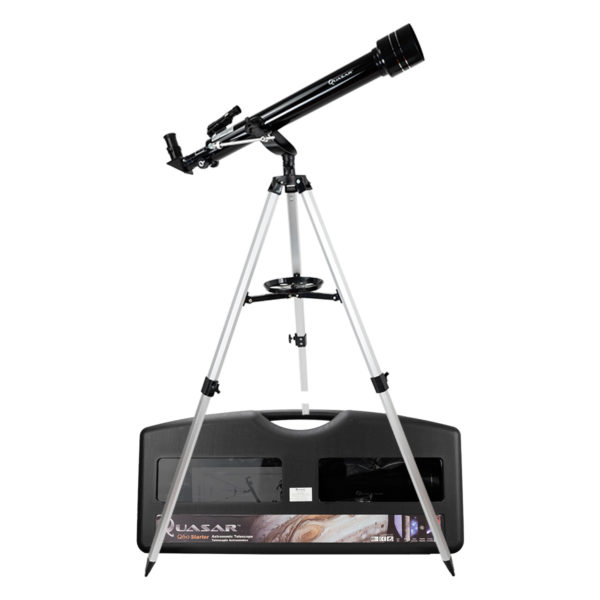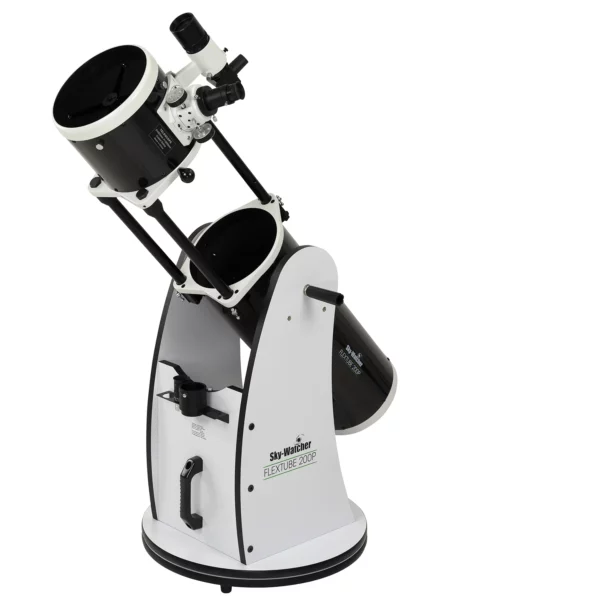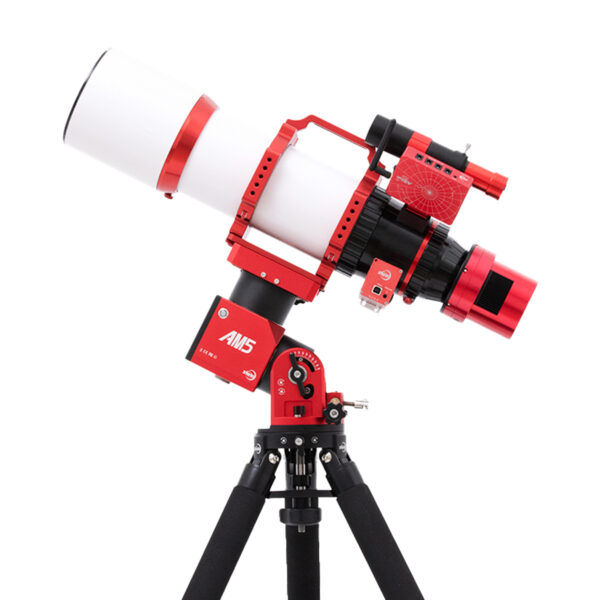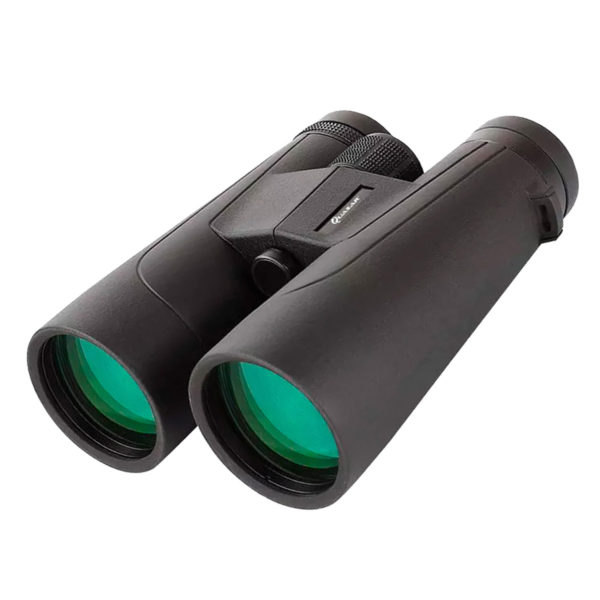Searching for life on Jupiter’s icy moons

The ESA (European Space Agency) has a very interesting project that has thousands of people and scientists on tenterhooks.
On Friday last week Ariene-5 lifted off from the Kourou space station in French Guiana, with the Juice rover whose mission is to explore the icy moons of Jupiter, a rover that will arrive in 2031, after traveling any distance, something like 6,600 million kilometers, the issue here is that the trip is not a direct flight, since the vehicle has no such capacity.
Instead, it will take a long and somewhat rugged route through the interior of our solar system, using the gravity of Venus and Earth to be propelled toward the gas giant. Once it reaches its destination, the Juice probe is tasked with studying Jupiter’s main moons, Callisto, Ganymede and Europa.
It is believed that these entirely ice-covered moons could harbor life and something that concerns us as a species is the issue of water, since these moons contain incalculable amounts of it. But the theorization of life on these moons due to the bodies of water is what intrigues scientists the most, since the light it receives from the sun despite being a 25th of that received by the earth, combined with the pressure exerted by the gas giant could mean that it has the capacity to maintain a simple ecosystem.

Much like the ecosystems that exist around volcanoes deep in our earth’s oceans, Juice will not be looking for specific biomarkers, nor will it be trying to detect alien fish in the deep sea, its mission is to learn about the possibilities of habitability that future missions could investigate in detail.
The importance of the mission lies in the possibility of life beyond the earth, which by mere statistics should exist, but has not been found, a mission with profound implications for how we conceive of the cosmos, and life in general.
The team in charge of Juice is a group that has dedicated its entire life to this type of studies, and has designed components for this purpose. The cost of the Juice mission is approximately 1.7 billion.
The probe has high-resolution cameras at all possible wavelengths, as well as a high-resolution telescope named Janus, a radar, a laser measurement system to create maps of the moon, magnetometers to track electromagnetic fields and sensors that will sample particles on the moons, said Cyril Cavel, in an interview with the BBC.
As if that were not enough, Juice is built as an air-conditioned tank, because without protection its electronic components would wear out quickly and the radiation as well as the sudden changes in temperature in space and on the moons would end up frying them, and they must arrive intact for the long trip that awaits them.




















